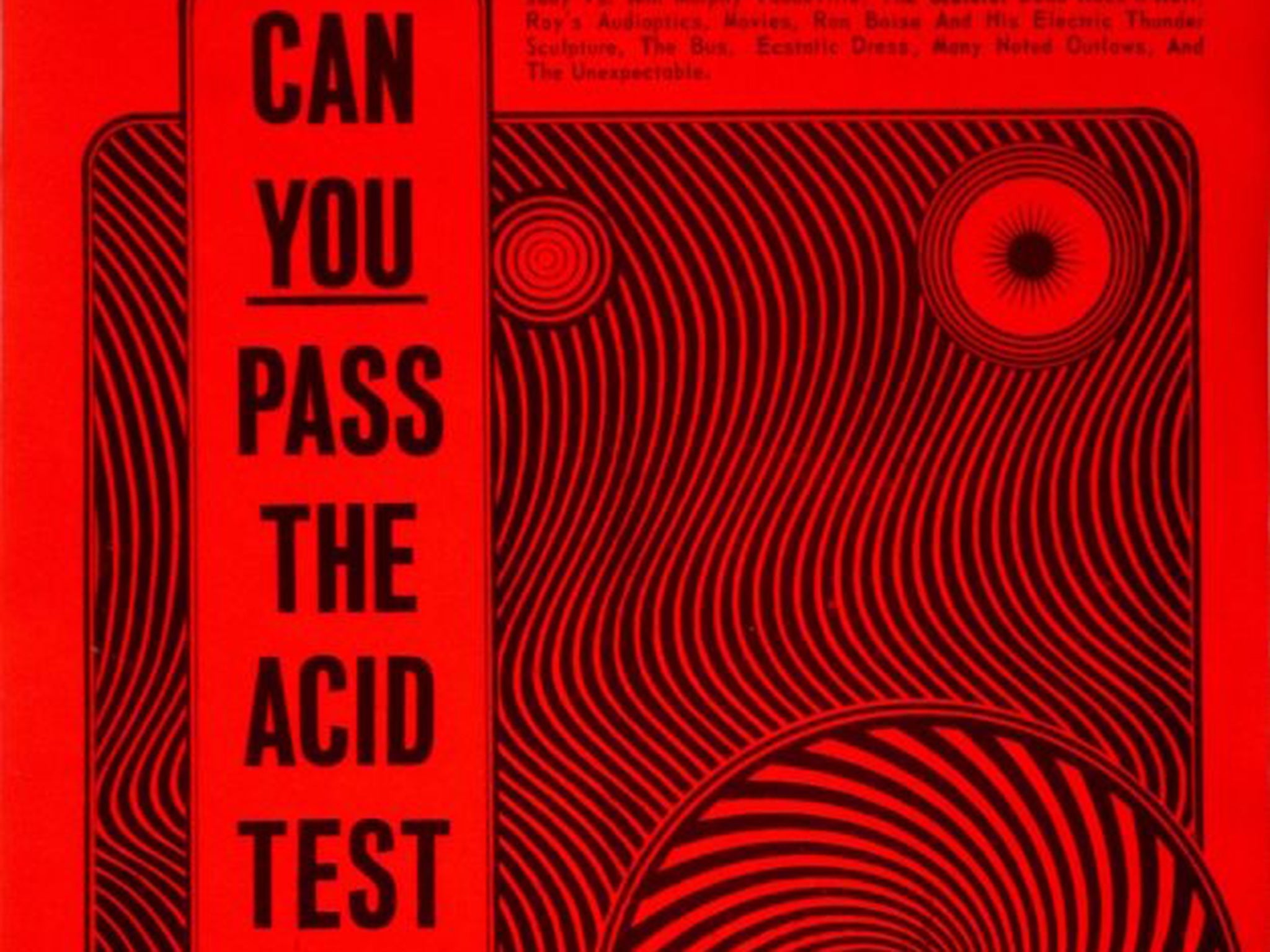It won’t be easy for the V&A to capture the counter-culture
Though anything that sends more audiences back to the music itself is pretty groovy

Among those of you who, after reading the newspaper, take a trip down to a gallery, there will be some who return to gush about how high Monet’s Woman in a Garden (Royal Academy) or Matisse’s The Snail (Tate Liverpool) made them feel. It can sneak up on you by chance, that wonderful feeling that you are in the presence of beauty – your eyes dilate, your breath comes a little short, and you feel a little more at peace with the world. An experience not altogether dissimilar, some would say, from ingesting a small amount of LSD.
Whether the V&A’s latest exhibition, which examines the impact acid had on youth culture in the late 1960s and beyond, will leave visitors feeling uplifted – or bewildered – we cannot yet know. It promises 3D sound installations (which are a rather trippy, incomprehensible idea in itself), alongside video of Pink Floyd’s 1967 performance of their 14 Hour Technicolor Dream concert (which only the truly chemically befuddled would sit through in its entirety), and more memorabilia from an era in which music and counter-culture flourished.
British galleries have a splendid record of dragging new subjects through their doors, and new visitors with them. (It was the V&A that put the art of David Bowie behind Perspex and before the public in its similarly experimental 2013 retrospective.) Some will complain that bringing the likes of Pink Floyd and Jimi Hendrix into the staid environment of a museum misses the point, but the truth is these figures became part of the mild mainstream long ago.
There is, moreover, something to be said for celebrating the wild, brave and distinctly British creative life of the late 1960s and early 1970s, whether or not the exhibition manages to convey even a dab of its anarchy. And anything that sends more audiences back to the music itself is pretty groovy.
Join our commenting forum
Join thought-provoking conversations, follow other Independent readers and see their replies
Comments